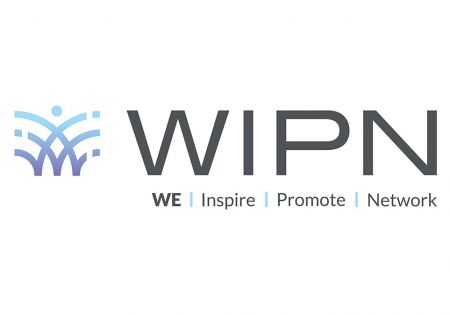For more stories like this, sign up for the PLANADVISERdash daily newsletter.
Deals & People September 11, 2012
SSgA Appoints Global COO
Greg Ehret will take on State Street Global Advisor’s newly
created role of global chief operating officer.
Reported by Kristen Heinzinger
The position combines sales, product, marketing and operations functions. Currently based in London, Ehret, a 20-year SSgA veteran, will assume the role immediately. Mike Karpik, senior managing director, will take on Ehret’s current responsibilities as head of EMEA.
Ehret joined SSgA in 1993, and has held many senior level positions, including co-head of the firm’s exchange-traded fund (ETF) business.
In 1998, Karpik joined SSgA, and in 2009 he was named head of investments for EMEA based in London. He is also chairman of the board for SSgA Ltd. and a member of the company’s Ireland and France boards.
You Might Also Like:
Itzoe Launches Getre(k)ruited.com Industry Networking Platform
Josh Itzoe says the idea for his new venture—a networking and hiring platform focused on firm culture and professional preferences—came from conversations he has had since selling his...

Introducing WIPN — WE Inspire. Promote. Network.
A year or so ago, WiPN leadership was looking at how much it had evolved and realized ‘we needed the...
Lori Lucas New President of EBRI
Lucas explains to PLANADVISER key initiatives for the Employee Benefit Research Institute's future.